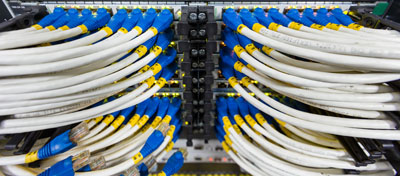Multiprotocol Label Switching (MPLS) is a type of data-carrying technique for high-performance telecommunications networks that directs data from one network node to the next based on short path labels rather than long network addresses, avoiding complex lookups in a routing table.
The labels identify virtual links (paths) between distant nodes rather than endpoints. MPLS can encapsulate packets of various network protocols, hence its name “multiprotocol”. MPLS supports a range of access technologies, including T1/E1, ATM, Frame Relay, and DSL.
MPLS allows most packets to be forwarded at Layer 2 (the switching level) rather than having to be passed up to Layer 3 (the routing level). Each packet gets labeled on entry into the service provider’s network by the ingress router. All the subsequent routing switches perform packet forwarding based only on those labels—they never look as far as the IP header. Finally, the egress router removes the label(s) and forwards the original IP packet toward its final destination.

Service providers can use MPLS to improve quality of service (QoS) by defining LSPs that can meet specific service level agreements (SLAs) on traffic latency, jitter, packet loss and downtime.

For example, a network might have three service levels:
- one level for voice
- one level for time-sensitive traffic
- one level for “best effort” traffic
MPLS also supports traffic separation and the creation of virtual private networks (VPNs) virtual private LAN services (VPLS) and virtual leased lines (VLLs).

